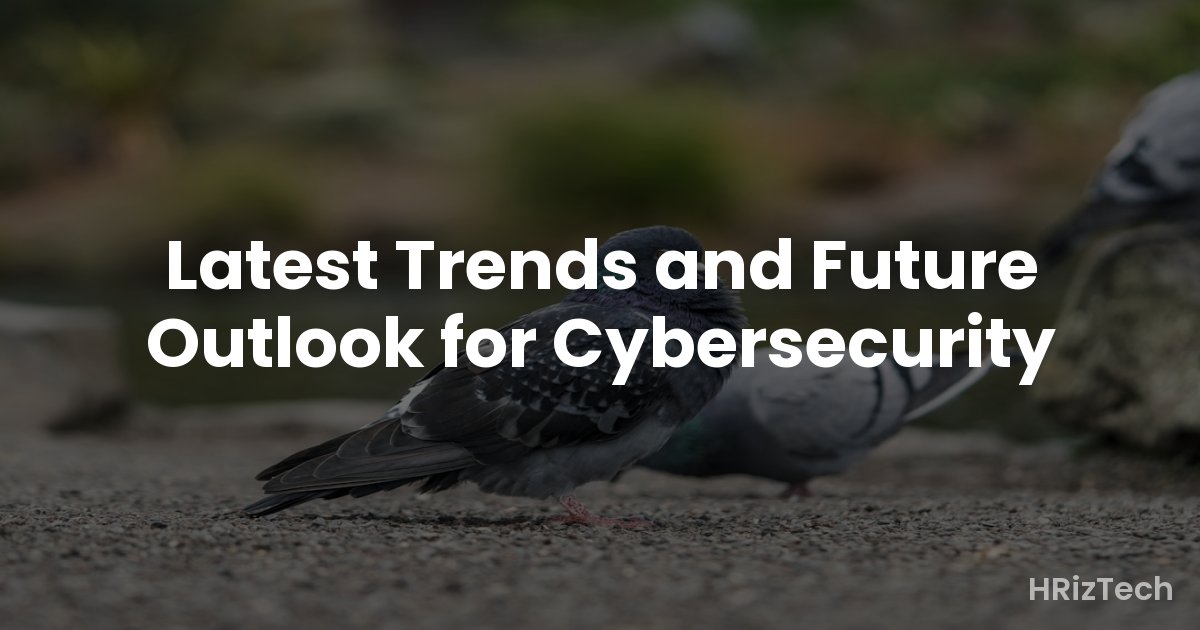Latest Trends and Future Outlook for Cybersecurity

Latest Trends and Future Outlook for Cybersecurity
- AI and ML are revolutionizing threat detection and response.
- The rise of IoT devices expands the attack surface, demanding new security strategies.
- Cybersecurity mesh architecture is gaining traction for enhanced flexibility and scalability.
- The skills gap remains a major challenge, driving demand for skilled cybersecurity professionals.
- Quantum computing poses both threats and opportunities for the future of cybersecurity.
The Rise of Artificial Intelligence and Machine Learning in Cybersecurity
Artificial intelligence (AI) and machine learning (ML) are no longer futuristic concepts; they're integral components of modern cybersecurity strategies. These technologies are proving invaluable in detecting and responding to sophisticated cyber threats that traditional methods struggle to identify. AI algorithms can analyze vast amounts of data in real-time, identifying patterns and anomalies indicative of malicious activity far faster and more accurately than human analysts alone. This allows for proactive threat hunting, significantly reducing the window of vulnerability.
Machine learning models, trained on massive datasets of past cyberattacks, can predict future threats with increasing accuracy. This predictive capability empowers organizations to implement preventative measures, strengthening their defenses before an attack even occurs. Furthermore, AI-powered security information and event management (SIEM) systems are automating incident response, streamlining the process and minimizing downtime.
The Expanding Attack Surface of the Internet of Things (IoT)
The proliferation of IoT devices, from smart home appliances to industrial control systems, presents a significant challenge for cybersecurity. These devices often lack robust security features, creating numerous entry points for attackers. The sheer number of interconnected devices dramatically expands the attack surface, making it exponentially more difficult to monitor and secure the entire network.
Securing the IoT requires a multi-faceted approach. This includes implementing strong authentication mechanisms, regularly updating firmware, and employing network segmentation to limit the impact of a potential breach. Furthermore, robust vulnerability management and penetration testing are crucial to identify and address weaknesses before they can be exploited by malicious actors.
Cybersecurity Mesh Architecture: A Decentralized Approach to Security
Traditional, centralized security architectures are increasingly struggling to keep pace with the dynamic and distributed nature of modern IT environments. This is where cybersecurity mesh architecture (CSMA) comes into play. CSMA is a decentralized approach that connects security services across various platforms and locations, providing a flexible and scalable solution.
Instead of relying on a single, centralized security system, CSMA utilizes a network of interconnected security components. This allows organizations to tailor security policies to specific devices, applications, and users, enhancing granular control and adaptability. The decentralized nature of CSMA also enhances resilience; if one component fails, the others can continue to operate, maintaining overall security.
The Persistent Cybersecurity Skills Gap
The demand for skilled cybersecurity professionals far outpaces the supply, creating a significant skills gap that hinders organizations' ability to effectively protect themselves against cyber threats. This shortage affects all aspects of cybersecurity, from incident response and threat intelligence to security architecture and development.
Bridging this gap requires a multi-pronged approach, including investing in cybersecurity education and training programs, fostering collaboration between industry and academia, and creating attractive career paths to attract and retain talent. Organizations must also prioritize continuous learning and professional development for their existing cybersecurity teams to stay ahead of the evolving threat landscape.
The Promise and Peril of Quantum Computing
Quantum computing holds immense potential across numerous fields, but it also presents significant challenges for cybersecurity. Quantum computers have the potential to break widely used encryption algorithms, rendering current security measures obsolete. This necessitates the development of quantum-resistant cryptography, which can withstand attacks from quantum computers.
However, quantum computing also offers opportunities for improving cybersecurity. Quantum-based cryptography can provide unparalleled levels of security, while quantum algorithms can enhance threat detection and analysis capabilities. The future of cybersecurity will likely involve a delicate balance between mitigating the risks and leveraging the benefits of quantum computing.
Practical PHP Code Examples
Example 1: Basic Input Sanitization
Looking Ahead
The cybersecurity landscape is constantly evolving, with new threats and vulnerabilities emerging at an alarming rate. Staying ahead of these threats requires a proactive and adaptive approach, leveraging the latest technologies and best practices. Investing in robust security measures, fostering a culture of security awareness, and continuously developing cybersecurity skills are crucial for organizations of all sizes. The future of cybersecurity hinges on our ability to innovate, collaborate, and remain vigilant in the face of ever-increasing challenges.
What are your thoughts on the most pressing cybersecurity challenges facing organizations today?
Comments
No comments yet. Be the first to comment!